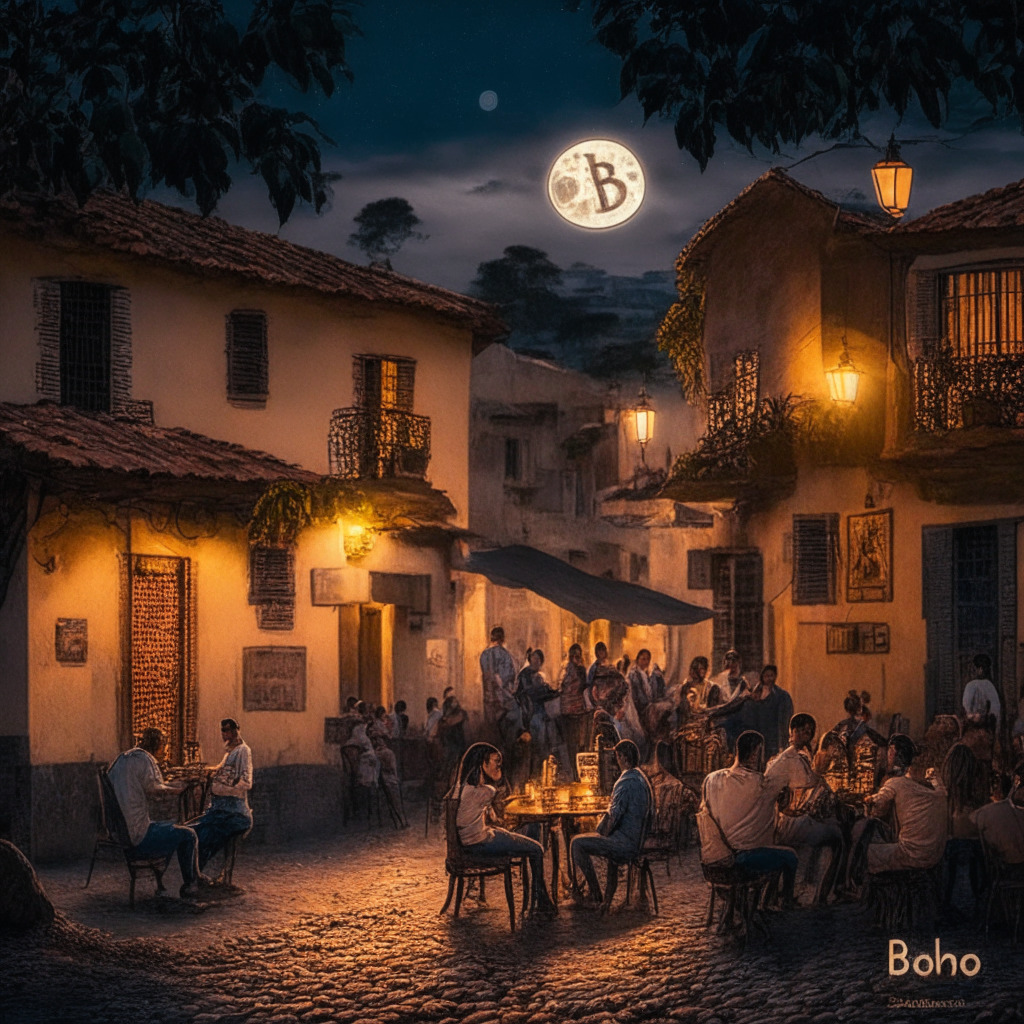The decentralized finance (DeFi) sector has been primed for expansion and innovation. However, recent events have cast a pertinent spotlight on underlying issues. Case in point, Curve Finance, a decentralized exchange on Ethereum, fell prey to a devastating hack, inciting doubts about its stability. The exchange’s token (CRV) suffered a tremendous blow as its price tumbled by over 20% on the day of the hack.
The crisis ensued due to the risk of liquidation of substantial loans that Curve Finance’s founder, Micheal Egorov, secured against CRV as collateral. This triggered a chain of events that saw the price of CRV drop to a nerve-wracking seven-month low. DeFi enthusiasts were thrown into a frenzy, speculating on the ripple effects that this gloom-laden scenario could impose on the ecosystem.
Yet, like a silver lining in the otherwise dark cloud, some developments are ushering in a modicum of optimism. Micheal Egorov has initiated the repayment of part of his loans, and the derivatives market showcases an intriguing pattern that might indicate a short-term rally for CRV. This leaves everyone pondering whether this could be the key to dispelling the liquidation risk clouds that are currently overhanging Curve Finance.
In response to the crisis, Egorov offloaded a staggering 39.25 million CRV tokens to notable DeFi investors, such as Justin Sun, and Machi Big Brother and DWF Labs, collecting a total of $15.8 million. He then proceeded to partially repay his Tether (USDT) loans on Aave, shrinking the principal from $63.20 million to $54.1 million. With more room for the price of CRV to fluctuate before leading to loan liquidation, Egorov’s loans are now slightly less threatened.
Despite the positive steps, there is an undeniable presence of risk. Hackers are currently in possession of 7.1 million CRV tokens worth $4.5 million. Should the attackers opt to convert their holdings into stablecoins or more liquid tokens like BTC and ETH, we might see a return towards the week’s previous lows.
To conclude, while the founder has made significant strides in alleviating the risk of liquidation, it is far from being entirely eliminated. The future of Curve Finance, one of the chief players in DeFi, hangs in delicate balance as we watch keenly for the next turning point in this series of dynamic events.
Source: Cointelegraph




